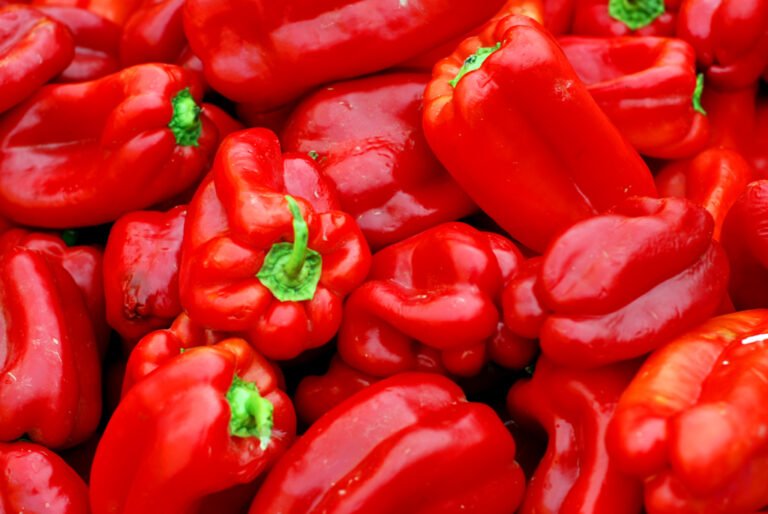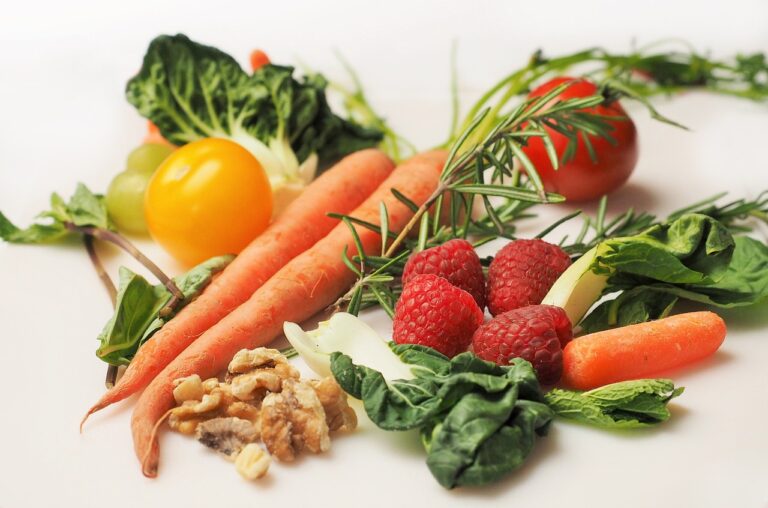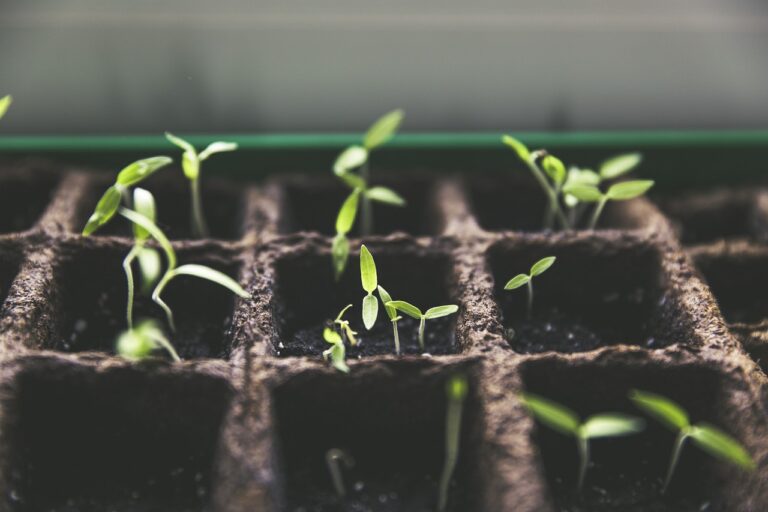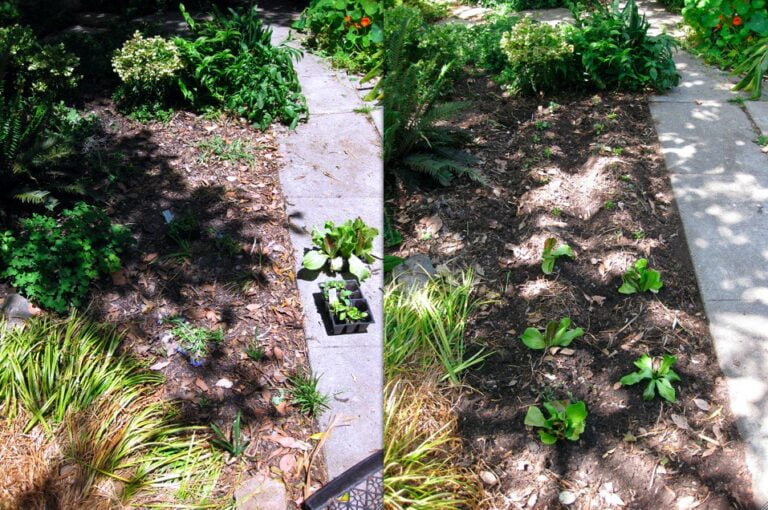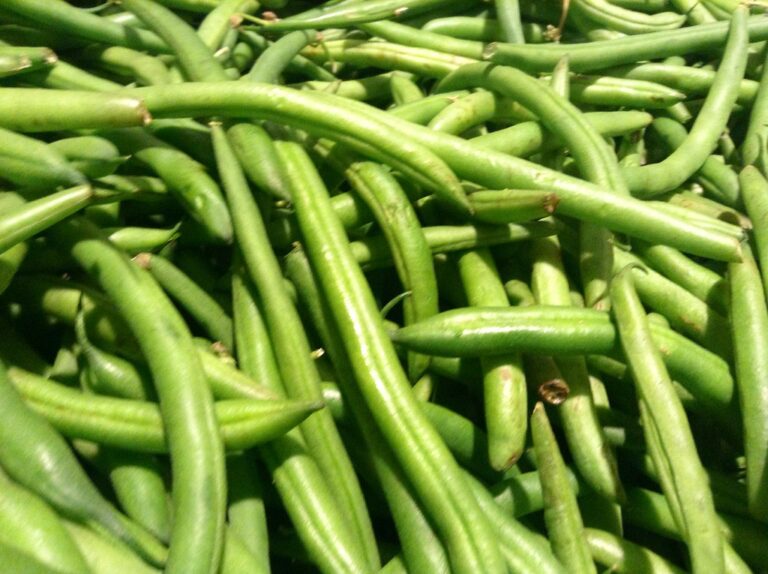A Comprehensive Guide to Seeding Jalapeno Peppers
To seed jalapeno peppers successfully, begin by selecting high-quality seeds from reputable suppliers, taking into account taste profile and heat levels. Confirm that your planting environment has adequate sunlight and stable temperatures, and sow the seeds 1/4 inch deep in well-draining soil, spacing them 2 inches apart. Remember to water deeply weekly, provide sufficient sunlight, and use liquid fertilizer as the plant grows. Harvest green jalapeños for a milder taste or red for spicier flavor, and store them in a cool, dry place or freeze them for extended shelf life. Utilize jalapeños in various dishes for a spicy kick, exploring their versatility in cuisine. Enhancing dishes with jalapeños can bring a flavorful zest to your culinary creations.
Seed Selection and Preparation
When picking jalapeno seeds for planting, it is crucial to select high-quality seeds from reputable suppliers to guarantee excellent germination rates and plant health. The taste profile and heat level of jalapenos can vary between different seed varieties, so it is vital to take into account these factors when making your choice. Reputable suppliers offer a wide range of jalapeno seeds at an average price of around $2.49, especially for heirloom non-GMO varieties. These seeds are not only cost-effective but also ensure that you are receiving seeds that are disease-free, suitable for home garden cultivation, and true to their culinary applications.
Jalapeno seeds are incredibly versatile and can be used in various culinary applications, such as adding spiciness to salsas, enhancing the taste of Mexican dishes, or even pickling for a zesty kick. By selecting seeds from reputable suppliers, you can be confident in the quality and authenticity of the seeds you are planting. Additionally, heirloom varieties offer a glimpse into the rich history and traditional flavors of jalapenos, making them a popular choice among home gardeners looking to explore different taste profiles. Make sure you pick seeds that align with your desired flavor profile and heat level to cultivate a successful jalapeno crop.
Planting and Germination Process
Shifting into the planting and germination process, the next step after selecting high-quality jalapeno seeds is to begin the indoor planting process 8-10 weeks before the final frost date to guarantee ideal germination success.
- Prepare the Planting Environment: Set up a growing area with ample sunlight and a stable temperature range of 70-80°F (21-27°C) for best growth conditions.
- Select Well-Draining Medium: Fill seedling trays with a well-draining medium, such as a mix of peat moss, perlite, and vermiculite, to prevent waterlogging and promote healthy root development.
- Plant the Jalapeno Seeds: Sow the jalapeno seeds 1/4 inch (0.6 cm) deep in the soil, spacing them 2 inches (5 cm) apart. Gently cover the seeds with soil and mist lightly to moisten.
- Provide Consistent Care: Make sure the soil remains consistently moist but not waterlogged. Use a spray bottle to water gently, maintaining the warmth needed for germination.
Care and Maintenance Tips
To ensure the health and productivity of your jalapeno plants, it is essential to follow proper care and maintenance practices consistently. Growing jalapeno plants require sufficient water to thrive. Water deeply once a week to maintain soil moisture levels, ensuring the roots receive enough hydration without risking overwatering, which can lead to root rot. Additionally, providing 6-8 hours of sunlight daily is vital for ideal growth and fruit development. If growing jalapenos indoors, consider using a grow light to supplement sunlight and promote healthy plant growth.
When it comes to fertilizer, feed your jalapeno plants with liquid fertilizer as the leaves grow. This will provide the necessary nutrients for healthy development. Indoor plants especially benefit from this additional nutrient source. When it comes to harvesting, jalapenos can be picked when they are green and firm for a milder taste or left on the plant until they turn red for a spicier flavor.
Harvesting and Storage Techniques
After harvesting jalapeño peppers from your plants, it is crucial to employ proper storage techniques to maintain their freshness and flavor. Here are some key steps to guarantee your jalapeños stay firm and flavorful for longer:
- Harvesting: Pick jalapeños when they are firm, green, and about 3-6 inches long. Use a sharp knife to cut the peppers from the plant, leaving a short stem attached.
- Storage: Store harvested jalapeños in a cool, dry place for 1-2 weeks. Alternatively, you can refrigerate them for up to 2 weeks to prolong their shelf life. Make sure they are not wrinkling or softening, as this indicates spoilage.
- Freezing: For longer-term storage, properly stored jalapeños can be frozen. Wash and dry the peppers, then place them in airtight containers or freezer bags. Frozen jalapeños can be used later in cooking without losing much flavor.
- Cooking: Properly stored jalapeños can enhance various dishes with their spicy kick. Incorporate them into salsas, sauces, marinades, or even stuff them for a flavorful treat.
Culinary Uses and Recipes
In culinary applications, jalapeño peppers serve as versatile ingredients that can elevate dishes with their distinct spicy flavor profile. Jalapeños are commonly used in Mexican cuisine to add a spicy kick to dishes like salsa, guacamole, and tacos. They are perfect for stuffing with cheese, wrapping in bacon, and grilling for a flavorful appetizer or snack.
Pickled jalapeños are a popular condiment that can be added to sandwiches, burgers, nachos, or even pizza for an extra burst of flavor. Chopping jalapeños and incorporating them into marinades, dressings, and sauces can enhance the overall taste of the dish with a hint of heat.
Roasting jalapeños brings out their smoky flavor and sweetness, making them a versatile ingredient for salsas, dips, and relishes. They can be used in a variety of recipes to add depth and complexity to the flavors. Consider experimenting with jalapeños in different ways to discover new and exciting culinary creations. Whether you prefer them stuffed, pickled, chopped, or roasted, jalapeños can take your dishes to the next level with their spicy and versatile nature.

